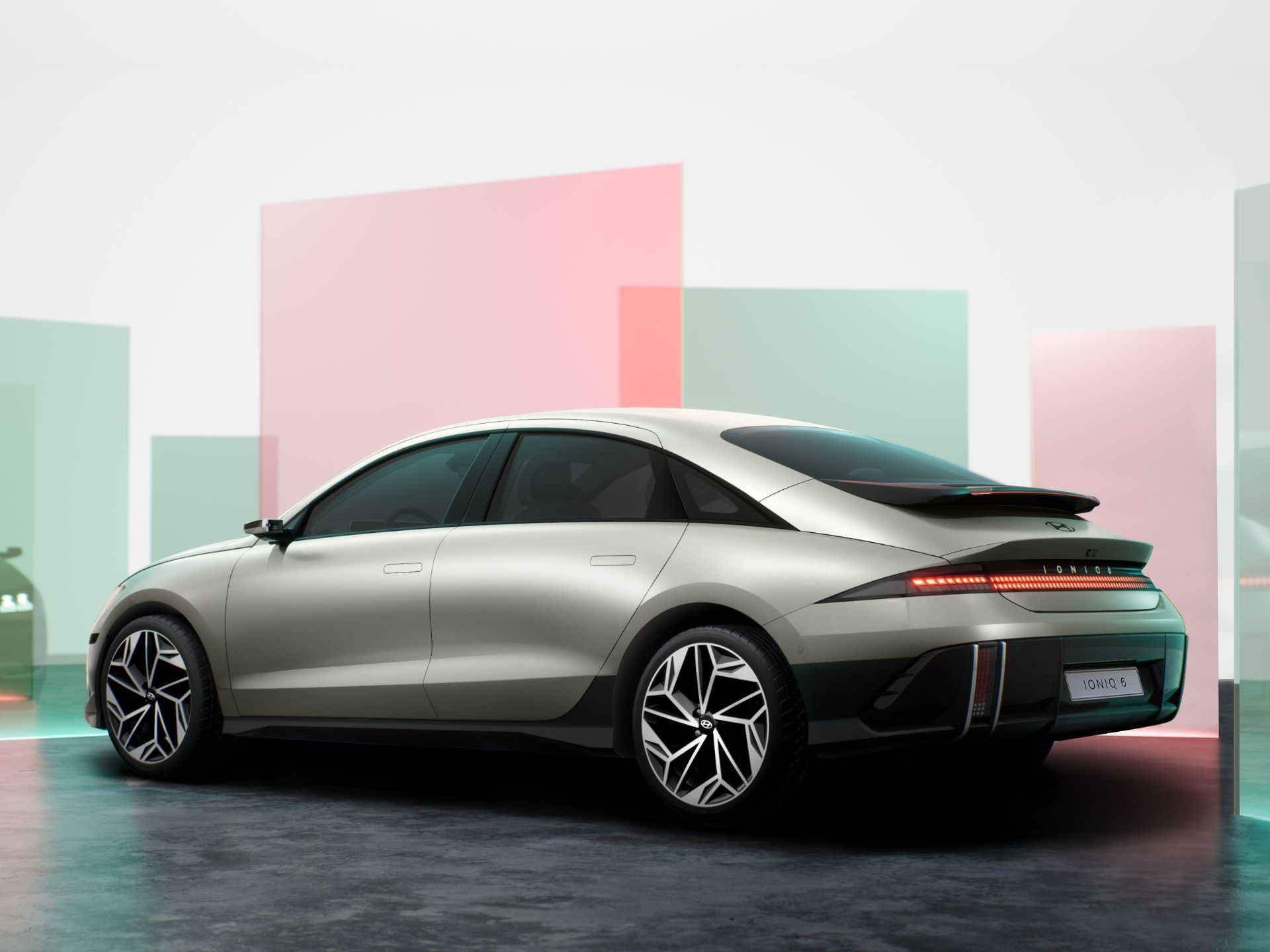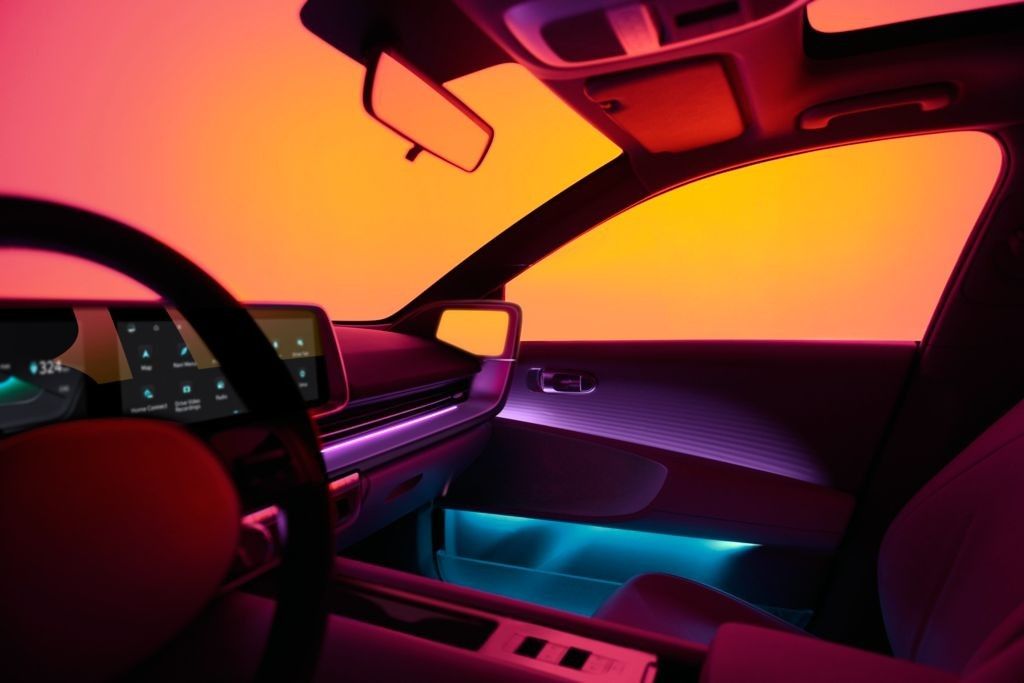After a lot of anticipation, Hyundai officially revealed the new Ioniq 6. The new EV borrows a lot of design elements from the Prophecy prototype that was shown off in 2020. The new Ioniq 6 is based on the same Electric Global Modular Platform (E-GMP) as the Ioniq 5 and Kia EV6, and it will reportedly have similar, if not identical, battery capacities and configurations.
Hyundai revealed the design and some of the new features of its Ioniq 6 electric vehicle, but the company didn’t share any specifications, ranges, price, or engine versions. Since the car is built on the same platform as the Ioniq 5, we’re expecting a 315-mile range on a single charge, but that will likely differ based on the engine version. The Ioniq 6 has an ultra-low drag coefficient of just 0.21, which is one of the lowest on the market.
Hyundai says that the vehicle's interior and exterior were designed simultaneously to optimize the performance and interior space.
“IONIQ 6 design was human-centric from the start, with the interior space developed simultaneously with the exterior form. Efforts were made to maximize and optimise the interior space, stretching it at the front and rear, resulting in a unique streamliner silhouette and spacious interior.”
The Ioniq 6 is expected to cost more than the Ioniq 5, which launched at $46,650 (for the base model). Hyundai will officially launch the vehicle on July 14, where it’ll hopefully reveal even more specifications, prices, and a release date for the upcoming EV. The Ioniq 6 is expected to heavily undercut the Tesla Model 3, and if the Ioniq 5 is anything to go by, it will likely be one of the best EVs. There’s no date set for a US release, but it’s expected to arrive sometime in 2023.
Hyundai Ioniq 6 gets the interior right
Hyundai Ioniq 6
Source: Hyundai
The main reason I dislike new vehicles is due to the lack of physical switches and buttons. Technology is fantastic and offers many benefits over traditional methods, but physical controls are almost always easier to use while stationary or driving. The Hyundai Ioniq 6 still comes with multiple displays, a 12-inch infotainment system, and a 12-inch digital cluster. Still, there are also physical buttons for the things most often used by drivers and passengers – audio and climate controls.
Hyundai design chief Sangyup Lee told Ars Technica, "The touchscreen is great when this car is [in] stationary condition, but when you're moving, touchscreens can be dangerous. So we always think about right balance, user experience and the buttons and the combination with the voice activation together. In the future obviously voice activation is going to play the major role versus touchscreen, but this is still in transition. For us, anything that relates to the safety, we use hardware. Anything not related to safety will use a touch interface. So that's how we balance that out—that's how we actually do the hierarchies,"
Other car manufacturers should take note, and return some physical controls for these essential features. Setting the fan speed, and different settings should always be easily accessible without requiring the driver to take their eyes off the road. On-screen controls don’t provide the same feedback as physical switches, and they’re often harder to memorize on larger displays. Muscle memory can kick in after some time, but we’ll advocate for physical buttons until voice activation becomes a viable solution.
The rest of the interior looks modern and spacious. There are lights all around the inside of the vehicle. Hyundai calls this the “Dual Color Ambient Lighting”, which illuminates the doors and the center console. Users will be able to choose from a spectrum of 64 colors, and six dual color themes that color experts have developed to help drivers and passengers feel relaxed and comfortable. It looks fantastic and modern, and hopefully, the brightness can be adjusted while the car is in operation to be less distractive.
The interior is made of sustainable materials and colors, such as PET fabric, eco-process leather, bio TPO skin, and recycled fishing net carpet. We welcome all of these changes and are glad to see Hyundai taking a more eco-friendly way to manufacture the Ioniq 6.


